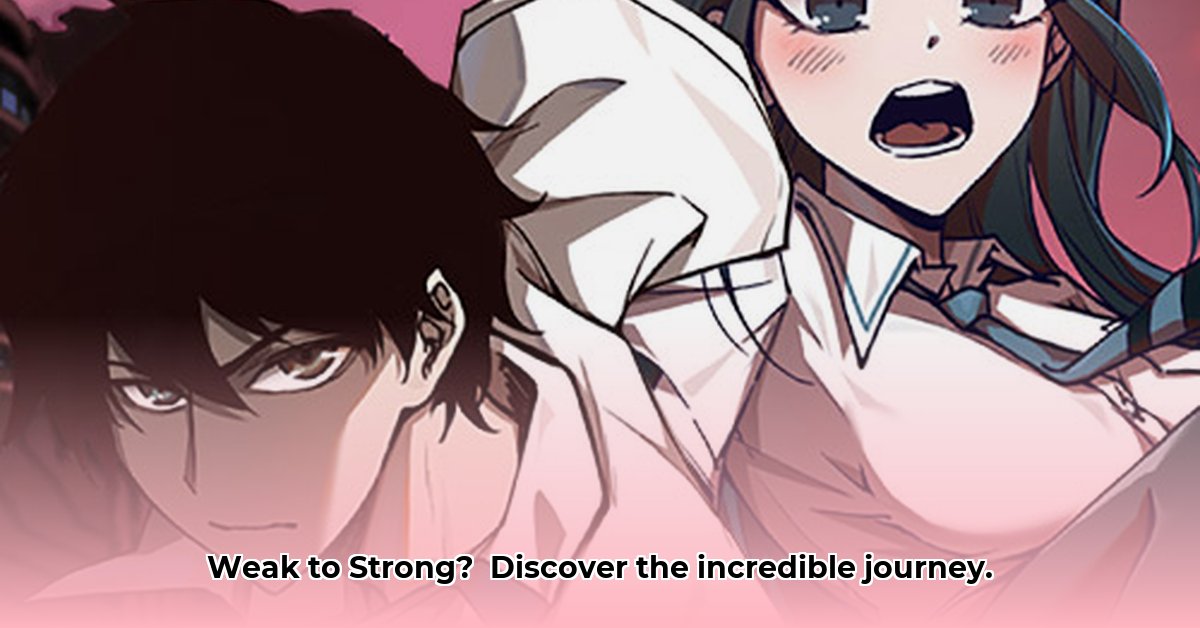The story of Ming He, transforming from an ordinary teen to a powerful superhero, resonates across numerous online platforms. While the central theme—his evolution fueled by a cosmic event—remains consistent, the specifics of his journey vary considerably depending on the adaptation. Think of it as experiencing different interpretations of the same legend; the core elements are there, but the details and overall impact differ. This raises the question: Which adaptation offers the most compelling experience?
Exploring the Multiverse of Ming He’s Journey
The initial portrayal of Ming He’s pre-transformation state and his reactions to the world are surprisingly diverse. Some versions emphasize his everyday struggles—perhaps unrequited feelings or encounters with bullies—making him relatable. Others dive straight into the action, showcasing the limitations of his initial “White Dust” ability without much buildup. The influence of the “Goddess” comet, the catalyst for his transformation, also takes different forms. Some versions highlight its mystical properties, while others focus on the scientific aspects of the resulting mutation. How do these variations influence our connection with the character and the narrative?
Characters Beyond Superpowers: Depth and Resonance
While Ming He’s evolution is the focus, the surrounding characters significantly shape the narrative’s depth. Their development varies greatly, influenced by translation choices and platform focus. Some versions offer glimpses into their pasts and explore their relationships with Ming He, whereas others keep them relatively two-dimensional. How vital are these rich side characters? Do they enhance the story or distract from Ming He’s journey?
Artistic Visions: A Spectrum of Styles
The visual style is another differentiating factor. Some adaptations emphasize dynamic action sequences, utilizing sharp lines and innovative panel layouts to convey Ming He’s power. Others prioritize character-focused art, emphasizing detailed expressions and backgrounds to build and enhance emotional resonance. Do you prefer an art style that explodes with action or one that delves into emotional depth?
Translation: The Key to Immersion
The quality of translation plays a crucial role in connecting readers with the narrative. Subtleties in word choice and tone can significantly alter the impact of dialogue and pacing. Translating not only the language but also the cultural nuances of the original text presents a significant challenge. Even subtle differences in the way the title (“超凡進化” – Chāofán jìnhuà) is rendered point to the difficulties of communicating the original meaning and feeling. A high-quality translation is essential for conveying the heart of the story.
Platform Choices: Curating the Experience
Each platform makes stylistic choices that define the reading experience. Some prioritize fast-paced action and displays of power, aiming to captivate readers with spectacle. Others emphasize character interactions, inner conflicts, and emotional depth. These differences, while seemingly minor, can significantly alter how you perceive Ming He’s journey.
Choosing Your Adventure: A Platform Comparison
Here’s a breakdown of the strengths and weaknesses of each platform:
| Platform | Strengths | Weaknesses |
|---|---|---|
| MangaRead | Smooth reading experience, generally well-paced narrative | Art style may lack the fine detail found in some adaptations. |
| ManhuaUS | Detailed artwork, strong focus on character backgrounds | Minor translation inaccuracies may occur. |
| MangaDex | Multiple translations available, access to community feedback | Quality can vary significantly depending on the translation team. |
| Baozimh (Original Chinese) | Access to the original source material, authentic cultural context | Interface and navigation may be challenging for non-Chinese speakers. |
| ManhuaPlus | Action-oriented scenes, clean and polished presentation | The story’s pacing may feel rushed to some readers. |
Ultimately, the “best” version of Extraordinary Evolution depends on individual preferences. ManhuaPlus may satisfy those seeking explosive action, while ManhuaUS might appeal to those prioritizing character development. MangaDex offers a diverse range of interpretations through its various fan translations. Experiencing the original Chinese version on Baozimh provides a unique cultural perspective, although it may require more effort. The decision ultimately rests with you.
Extraordinary Evolution Adaptations: Dissecting the Differences
Core Observations:
- Ming He’s journey from weakness to strength is a consistent theme across adaptations.
- The initial abilities and power progression vary.
- Antagonists and cosmic mysteries are central, but the details differ.
- Art and translation quality vary significantly across platforms.
- Adaptations emphasize specific aspects – action, character, or world-building.
Plot Divergences: The “Goddess” Factor
How do Extraordinary Evolution manga adaptations reshape Ming He’s narrative? Despite a consistent core, the specifics fluctuate. Some adaptations open with Ming He possessing a seemingly useless power that evolves later. Others skip this phase, immediately introducing him with extraordinary abilities. These differences impact pacing and tone. The extent of the “Goddess” comet’s influence also varies, rippling through character motivations and narrative direction. Some plot points are emphasized or omitted.
Diving Into Characters
The portrayal of Ming He himself shifts subtly across adaptations. Is he a brooding loner, a reluctant hero, or a natural leader? The supporting cast also transforms, their relationships with Ming He, their roles in the conflict, and their individual arcs all experiencing variations.
Artistic Styles: A Visual Spectrum
A major difference lies in the artistic style, with paneling, character designs, and visuals changing drastically. Some lean toward realism, with detailed environments and nuanced expressions, while others maintain a simpler, more dynamic style emphasizing action.
Platform-Specific Tweaks: A Tailored Experience
Manga published online might emphasize action to maintain engagement, sometimes cutting slower character development. Print releases, however, might focus on deeper character introspection and world-building, sacrificing some immediate action.
Strengths and Weaknesses of Adaptations
| Adaptation Platform | Strengths | Weaknesses |
|---|---|---|
| MangaDex/Online | Accessibility, diverse artistic styles, wide selection | Variable translation quality, potential inconsistencies, unreliable sources |
| Print Edition | Consistent art style, meticulous editing, high-quality paper | Limited accessibility, potential higher cost |
Extraordinary Evolution Adaptations: A Cross-Platform Narrative Analysis
Key Points:
- Ming He’s transformation is the heart of all adaptations.
- Each platform emphasizes distinct qualities: action, character arcs, art, or authenticity.
- The “Goddess” comet’s impact is interpreted differently across versions.
- Translation shapes the overall storytelling experience by a high percentage.
- Readers can select the version that aligns with their preferences.
Plot Variations: The Goddess’s Imprint
- Bulking Lunch Recipes that Make Muscle Gain Delicious - November 12, 2025
- Simple Asian Meal Prep Recipes to Spice Up Your Week - November 11, 2025
- Simple Asian Meal Prep Ideas For Healthy And Flavorful Weekday Meals - November 10, 2025










